Over the years, fuel efficiency standards have played a major role in transforming the way cars are designed. From altering the shape of vehicles to improving engine technology, these regulations have pushed the automotive industry to innovate in ways that impact both performance and aesthetics. In this article, we’ll explore 15 key ways these standards have influenced car design across the decades.
Contents
Aerodynamic Body Shapes
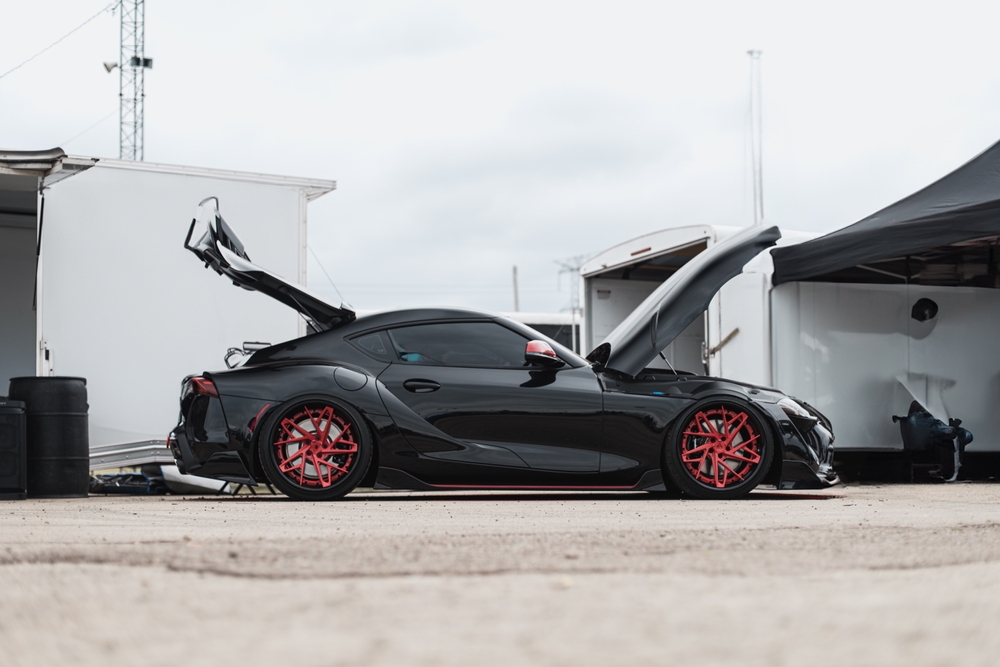
Streamlined designs have become a crucial aspect of car manufacturing due to the impact of fuel efficiency standards. By reducing air resistance, these designs allow vehicles to cut through the air more smoothly, leading to less energy expenditure to maintain speed. This is why modern cars often feature sleek, curved surfaces with reduced frontal area and integrated spoilers that improve airflow, resulting in lower drag coefficients and better fuel economy.
Lightweight Materials
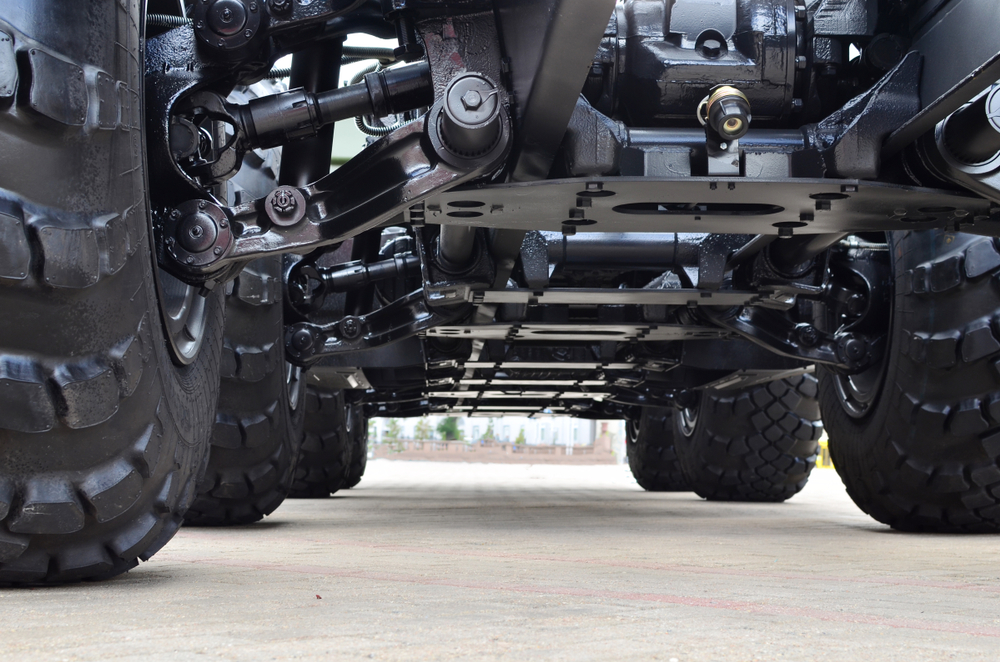
Image Editorial Credit: Shutterstock.com
The use of lightweight materials such as aluminum, carbon fiber, and high-strength steel is a direct response to the need for improved fuel efficiency. By reducing the overall weight of the vehicle, manufacturers can enhance fuel economy without sacrificing strength or safety. For instance, aluminum is increasingly used in body panels and engine components, while carbon fiber is reserved for more performance-oriented models, drastically reducing weight while maintaining structural integrity.
Engine Downsizing
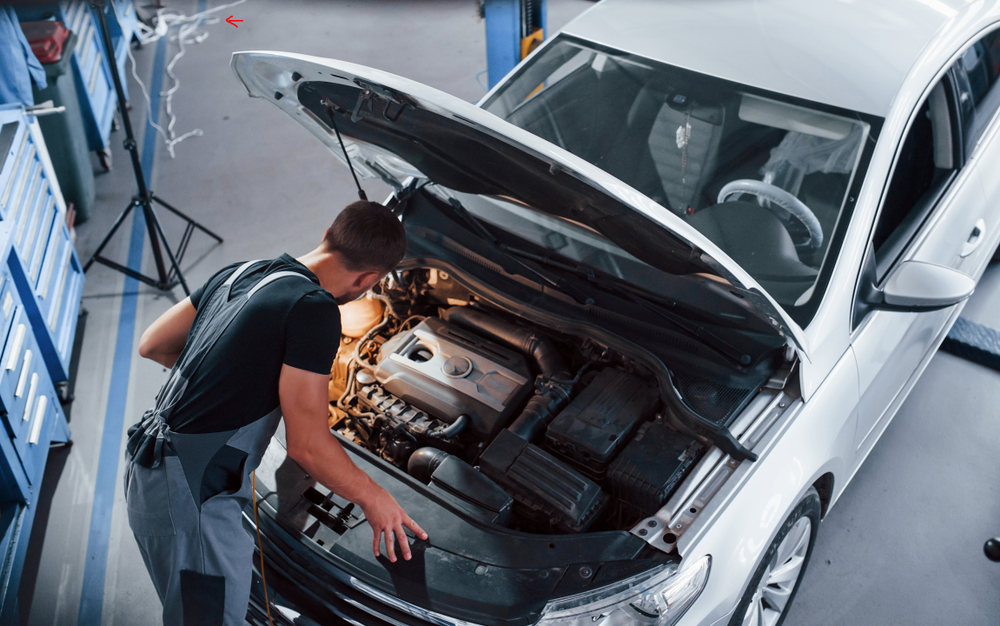
Image Editorial Credit: Shutterstock.com
Fuel efficiency standards have driven manufacturers to create smaller engines that are more fuel-efficient yet still powerful. Turbocharging technology compensates for the reduced engine size by forcing more air into the combustion chamber, which increases power output. This approach allows vehicles to achieve similar or even superior performance levels compared to larger engines while consuming less fuel, meeting stringent efficiency requirements.
Hybrid and Electric Powertrains
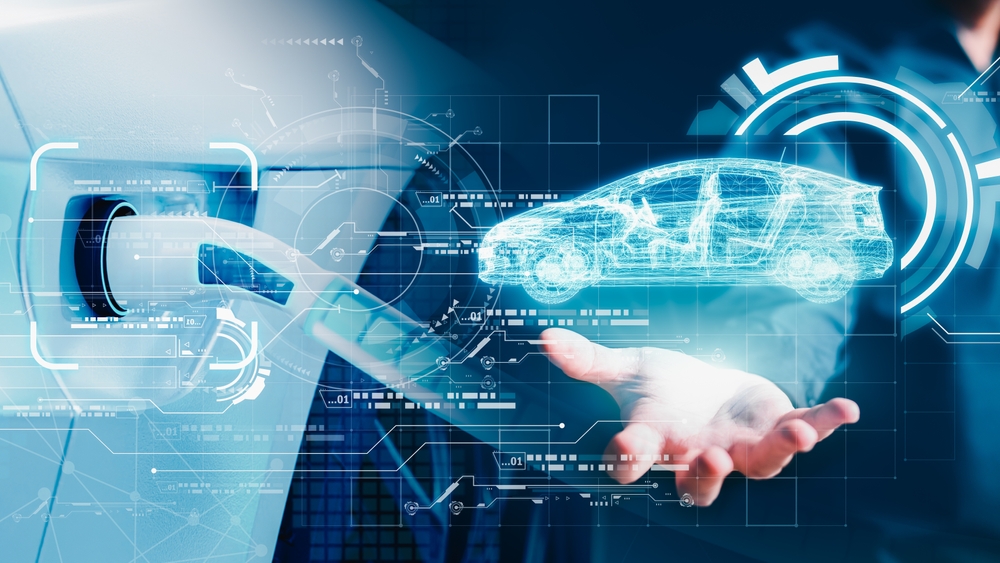
Image Editorial Credit: Shutterstock.com
The integration of hybrid and electric powertrains is one of the most significant shifts in car design prompted by fuel efficiency standards. Hybrid systems combine an internal combustion engine with electric motors to reduce fuel consumption, especially in stop-and-go traffic. Full electric vehicles (EVs) eliminate fuel use entirely, relying on batteries and electric motors, representing a major leap forward in reducing emissions and improving overall efficiency.
Start-Stop Technology
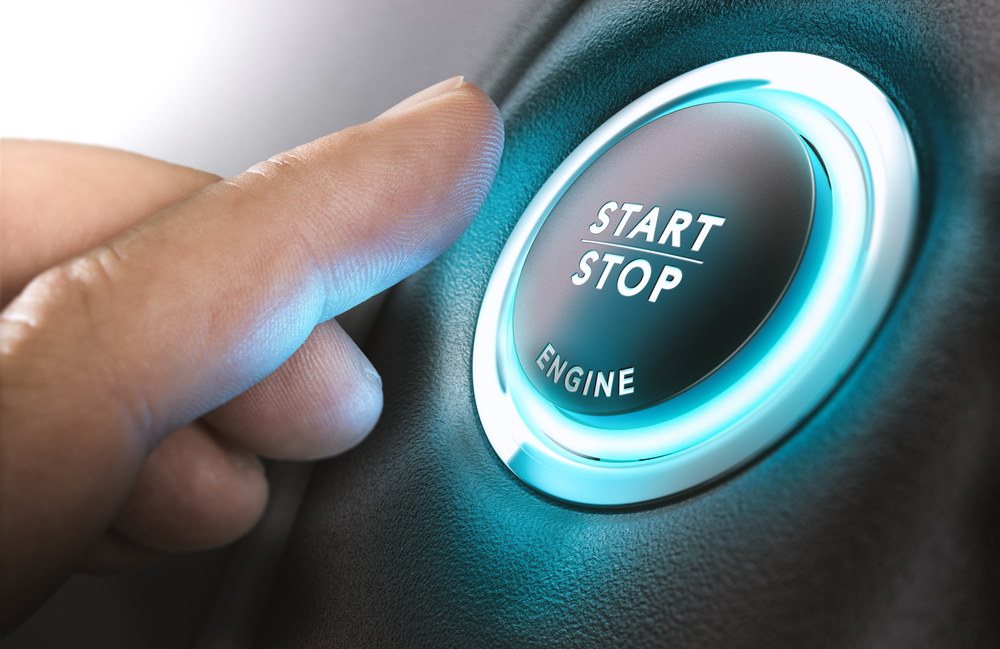
Image Editorial Credit: Shutterstock.com
Start-stop systems automatically shut off the engine when the vehicle is idle, such as at traffic lights, and restart it when the driver presses the accelerator. This technology reduces fuel consumption and emissions in urban driving conditions, where frequent stops are common. The system is designed to be seamless, minimizing disruption to the driver while providing significant fuel savings over time.
Improved Tire Design
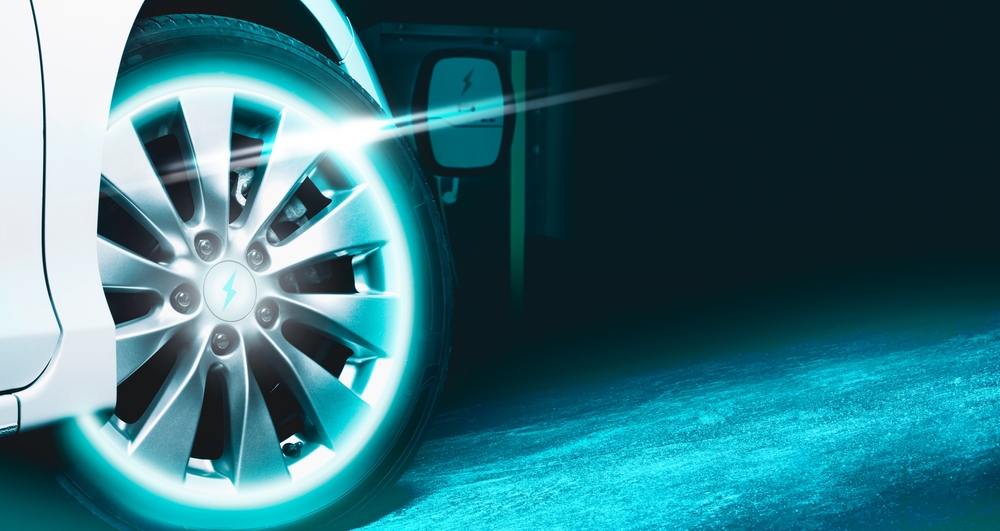
Image Editorial Credit: Shutterstock.com
Low rolling resistance tires are designed to reduce the amount of energy required to keep a vehicle moving. These tires use special tread patterns and rubber compounds to minimize the friction between the tire and the road, resulting in better fuel economy. While they maintain safety and performance, their primary function is to lower the rolling resistance, making them a key component in achieving higher fuel efficiency.
Transmission Advancements
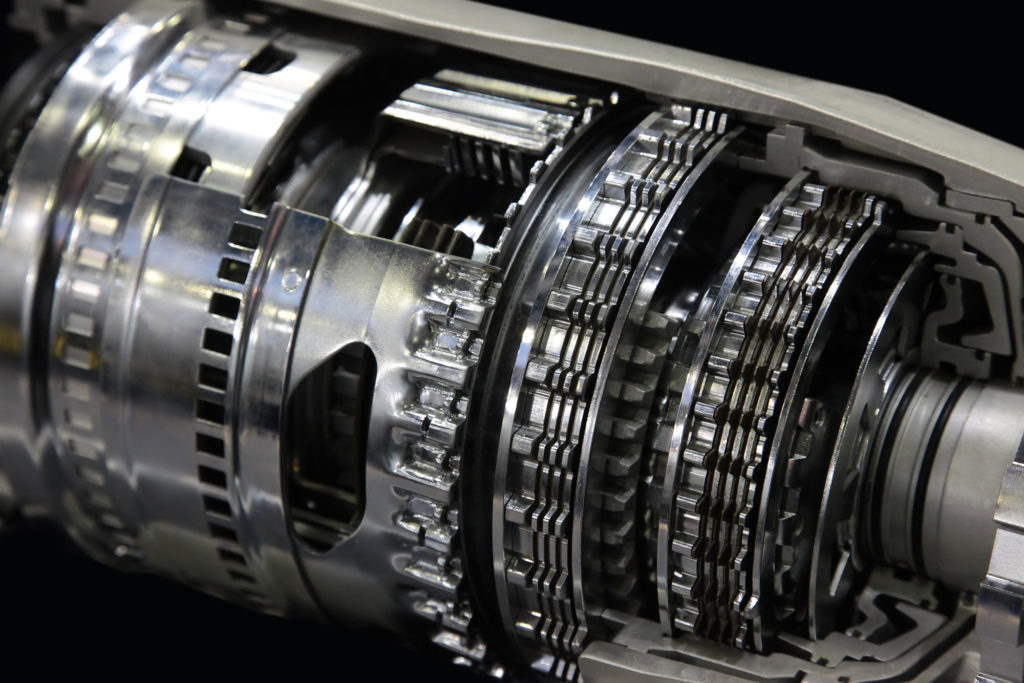
Image Editorial Credit: Shutterstock.com
Continuously variable transmissions (CVTs) and advanced automatic transmissions with more gears (up to 10 speeds) have been developed to optimize engine performance and fuel efficiency. CVTs adjust seamlessly to the engine’s power output, ensuring that the engine runs at its most efficient RPM. Advanced automatics provide more gear ratios, allowing the engine to operate more efficiently across a wider range of speeds, further improving fuel economy.
Variable Valve Timing
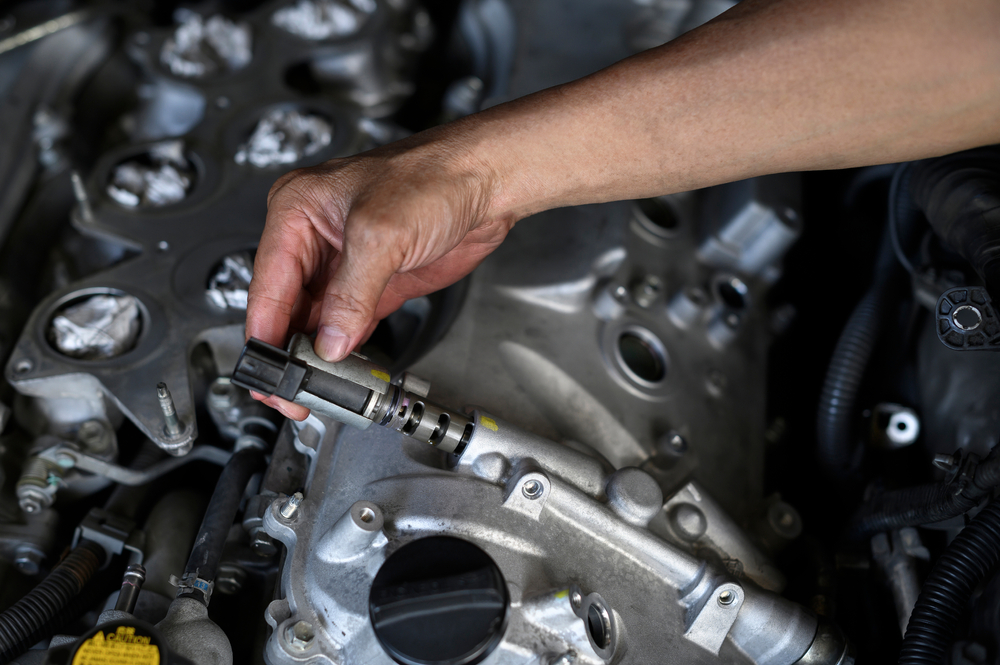
Image Editorial Credit: Shutterstock.com
Variable valve timing (VVT) technology adjusts the timing of the engine’s valves to optimize performance and fuel efficiency. By altering the timing based on engine speed and load, VVT systems ensure that the engine operates more efficiently across a range of conditions. This results in better fuel economy and lower emissions without sacrificing power, making it a critical innovation in modern engine design.
Direct Fuel Injection
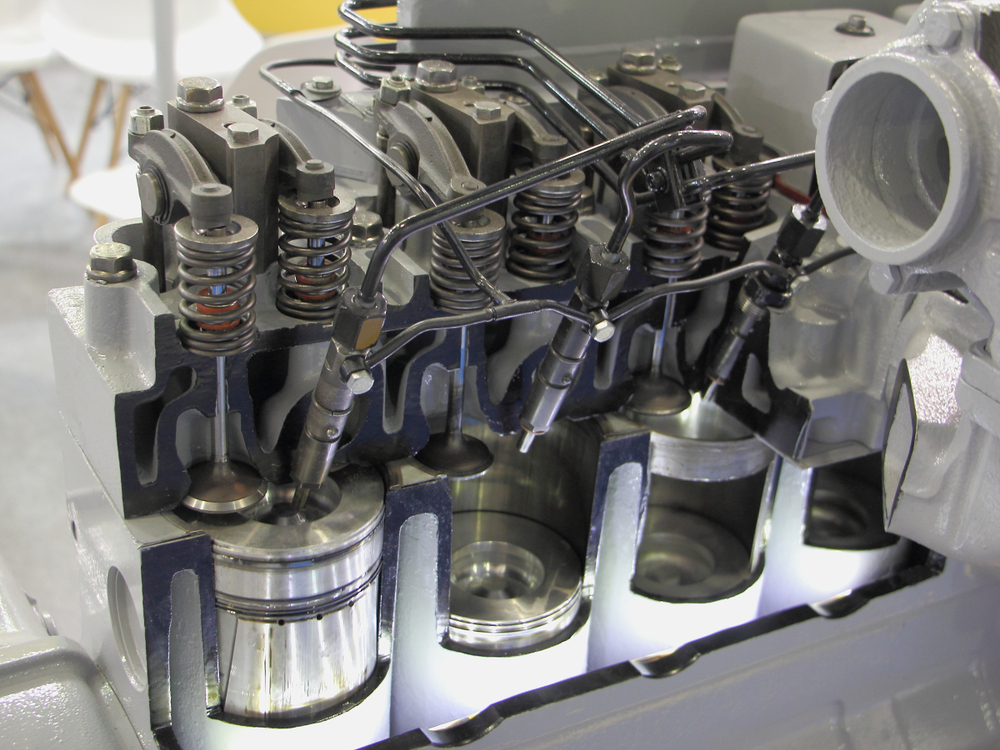
Image Editorial Credit: Shutterstock.com
Direct fuel injection systems deliver fuel directly into the combustion chamber, allowing for more precise control over the fuel-air mixture. This precision improves combustion efficiency, resulting in better fuel economy and reduced emissions. Direct injection also enables higher compression ratios, which further enhances engine efficiency and performance.
Electric Power Steering
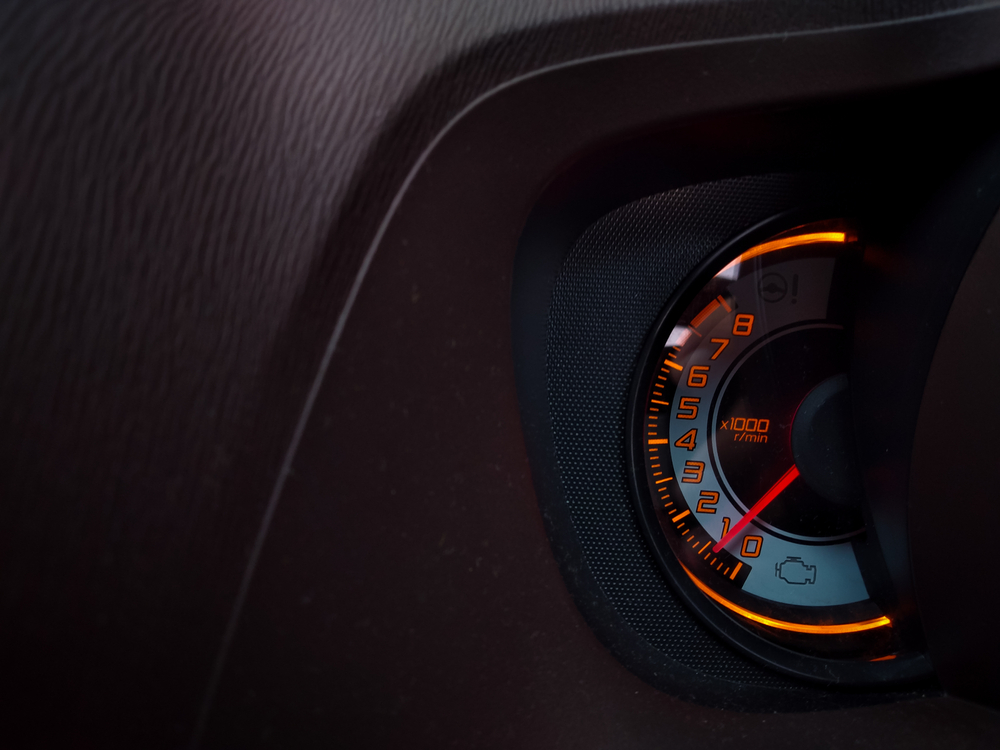
Image Editorial Credit: Shutterstock.com
Traditional hydraulic power steering systems rely on the engine for power, which increases fuel consumption. Electric power steering (EPS) systems, on the other hand, use electric motors, reducing the load on the engine and improving fuel efficiency. EPS systems also offer the advantage of being adjustable based on speed and driving conditions, providing better control and comfort.
Aerodynamic Mirrors
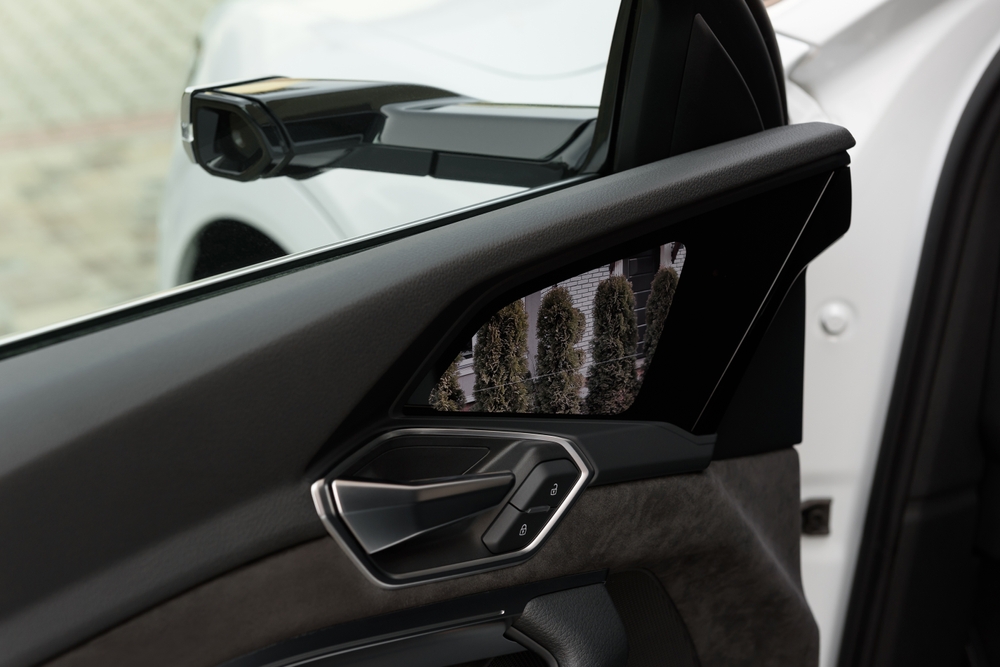
Traditional side mirrors create drag, which can reduce fuel efficiency, especially at high speeds. To combat this, manufacturers have developed smaller, more aerodynamic mirrors or replaced them with cameras. These innovations reduce drag and improve the vehicle’s overall aerodynamics, contributing to better fuel economy.
LED Lighting

Image Editorial Credit: Shutterstock.com
LED lights are far more energy-efficient than traditional halogen bulbs, consuming less power while providing brighter illumination. This reduction in power consumption contributes to overall vehicle efficiency, especially in electric and hybrid vehicles where every watt counts. Additionally, LEDs have a longer lifespan, reducing the need for replacements and further improving efficiency.
Active Air Suspension

Image Editorial Credit: Shutterstock.com
Active air suspension systems adjust the vehicle’s ride height based on speed and road conditions. By lowering the vehicle at high speeds, drag is reduced, improving fuel efficiency. This technology also enhances ride comfort and handling, making it a popular feature in luxury and performance vehicles.
Regenerative Braking
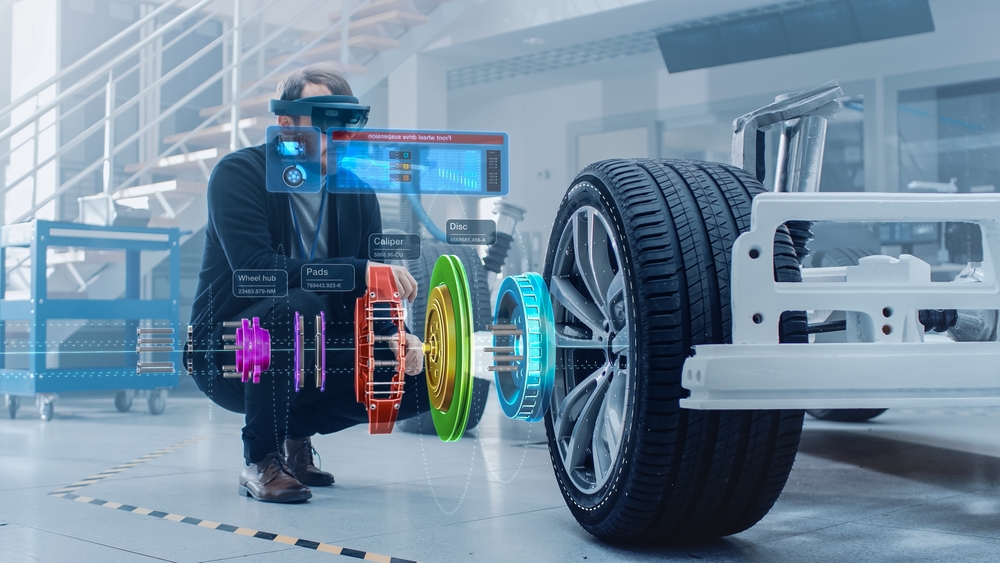
Image Editorial Credit: Shutterstock.com
Regenerative braking systems capture the energy usually lost during braking and convert it into electrical energy, which is then stored in the vehicle’s battery. This technology is essential in hybrid and electric vehicles, as it extends driving range and reduces the need for frequent recharging or refueling, directly impacting fuel efficiency.
Solar Roof Panels

Some modern vehicles, particularly hybrids and EVs, are equipped with solar roof panels that generate electricity from sunlight. This energy can be used to power auxiliary systems or extend the driving range, reducing the vehicle’s reliance on fuel or external power sources. While still a niche feature, solar panels represent an innovative step toward greater fuel efficiency and sustainability.
This article originally appeared in MyCarMakesNoise.
More from MyCarMakesNoise
16 Mistakes to Avoid When Parking Your Car

Parking your car might seem like a straightforward task, but even experienced drivers can make mistakes that lead to unnecessary hassles or damage. Whether it’s a small scratch, a ticket, or even a tow, these errors can be costly and frustrating. Read More
15 Prestige Cars Popular Among Wealthy Americans and Their Prices

Wealthy Americans often pick cars that are not only luxurious and fast but also equipped with the latest technology. In this look at some of their top choices, we’ll find out why these cars are favorites and how much they cost. Read More
16 Fun Facts You Didn`t Know About the Jeep Wrangler

The Jeep Wrangler is an icon in the world of off-roading and adventure. Its rugged design and unparalleled performance have made it a favorite among enthusiasts and everyday drivers alike. Read More














